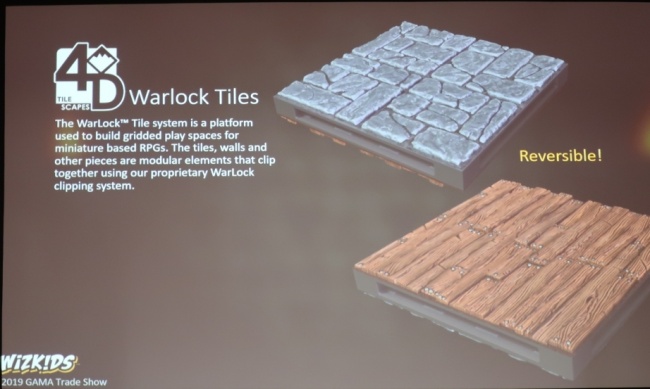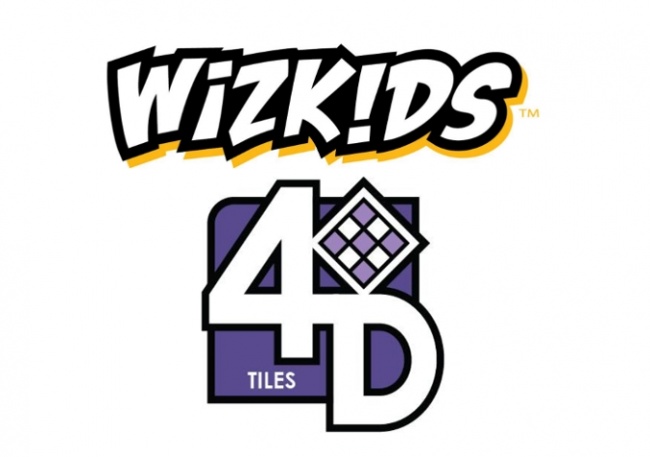Why does WizKids see an opportunity for this line at this time?
Justin Ziran: We’ve actually be eyeing it for 5 or more years, but there were other things we wanted to achieve first with our limited resources. Our successful entry into the unpainted miniatures market was in great part due to the support and feedback we received from the outstanding retailers and customers we worked with. During the work on those products, we heard time and again that dungeon tiles were an area that needed innovation and we’ve been thinking about and working on little bits of it for several years.
How is your dungeon tile offering going to differ from offerings currently in the market?
By working with the core hobby retail channel we hope to provide products that are available, affordable, beautiful and versatile. Making products that are easy to buy (i.e. available), with lots of versatility was at the top of our list. For example, having one side a wood pattern and the other stone increases the storying telling opportunities without increasing storage space for the end customer and lowers the cost dramatically compared to buying each separately. We’ve also put a lot of thought into the constructions of rooms. We have some new technology that we’re excited about.
There’s a couple. First is the ability to drop in what we’re calling a “thin wall” into an existing floor space. The walls are designed to be thin enough that you can quickly construct a labyrinth of rooms without taking up a lot of table space with large walls. You gently insert the wall at a floor seam and it will lock into the floor tiles and around the clip that holds those tiles together. The wall is wider above the floor, but we have a recessed area at the point it immediately exits the floor so that a normal 25mm base fits on the proper grid space without cramping the area. This may seem minor, but once you’ve gotten used to the ability to add and remove walls quickly it really speeds set up and reduces the amount of table space needed for interesting encounters.
We also have normal thicker walls that we’re targeting for the outside of rooms and halls that can quickly clip onto the floor tiles. They will also have a recessed area to support a normal 25mm base taking up its proper space on the grid. All of these can be clipped together to allow for easier movement from shelf to table than some popular systems out there.
What are the underlying trends that are driving the increase in sales for miniatures-based play of all kinds?
We don’t consider ourselves experts in all miniature categories, but for role playing games, D&D’s 5th Edition is a huge force. It is a cultural phenomenon again, and its message and values for its customers resonate strongly and continue to grow and bring in new fans everywhere.
For HeroClix the stories being told in comics and on the big and home screens are some of the most popular entertainment available and that continues to support fans playing those characters in our games.
What percentage of WizKids sales are based on individual miniatures and scenery (Nolzur’s, Deep Cuts, Icons of the Realms) vs miniature-based games (HeroClix, Attack Wing, Mage Knight, D&D Board Games)? Has that changed in the last few years?
The unpainted miniature line (which often has 2 miniatures or more in a pack) is only a few years old and its success has been phenomenal. It also depends on if you look at dollars or quantities and what you define as an individual miniature (do you include the premium sets that may have 1 or 2 miniatures but are released at the same time as a booster release). As a general rule of thumb, unpainted packs are probably over 15% of our sales.
The scenery as a category is new for us so it’s not very much now, but we’ve done individual scenes as part of the painted line with great reception so we expect this category to grow similarly as the unpainted line did.





